Illustrate the steps of Starbucks hand-made coffee. What are the characteristics of Starbucks East Timor coffee?
The legendary story of Starbucks' successful selection of beans
East Timor's coffee production is very small, until 2001 it was an unknown variety of coffee, recently, Starbucks launched a new product, called East Timor bead coffee, from the introduction, this should be a single bean.
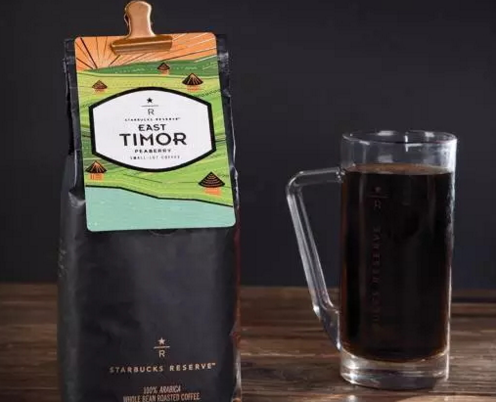
In East Timor, coffee grows in a wild way in the shadow of a tall canopy. It presents a rich and complex flavor.
This East Timor Tata Mailau single-producing coffee bean has a balanced herbal taste with a cocoa-flavored finish.
It is said that 3/4 of the land in East Timor is hills, coffee-rich mountain areas, high altitude, long sunshine, fully meet the conditions for planting coffee trees, coupled with the use of organic cultivation, so the excellent quality of East Timorese coffee, coffee lovers flock to, of which the Laclubar area is the world-famous Arabica coffee (Arabica coffee).
Ten years after East Timor's independence, the gap between the rich and the poor is still wide, and there is a widening trend. More than 40% of the people are below the poverty line announced by the United Nations, and food and clothing is still a problem. In the long run, Timor-Leste has good oil and gas reserves and is fully capable of transforming itself into an energy nation. But in the short term, poor infrastructure has affected his development. If the basic roads, docks and airports have not been repaired, how can we develop the energy industry?
Tourism is another hope for East Timor. However, tourism requires years of operation and investment from international consortia, which is not an easy task. No country's beaches are natural water and sand, and they are all the result of careful rectification and careful construction. It took decades for Bali to get to where it is today, and it is said that some of the fine sand used on the beach is imported from Australia. Supporting catering, hotels, all need a lot of investment. East Timor's society is still unstable and the development of tourism is also faced with many difficulties.
The last opportunity is to "grow coffee" as the people of East Timor are familiar with. This is no fantasy. Coffee has now become the main export product in East Timor, accounting for the largest proportion of the income of ordinary people, and the poorer East Timorese are, the more dependent they are on cash income from coffee cultivation.
Indonesia is the world's leading exporter of coffee, but most of them are robusta (including the famous Kopi Luwak), and only a few Mantenin, such as Sumatra, are Arabica. East Timorese beans are also Arabica beans, and because of the backward planting conditions, they can claim to produce almost completely organic Arabica beans. Now East Timor coffee has been accepted by many well-known brands, including Starbucks.
Let's talk about coffee now, generally starting with coffee beans, such as various roasting, grinding, brewing, milk foaming techniques and so on. But coffee doesn't grow to look like coffee beans. Studying the behavior of East Timorese farmers growing coffee reminds me that coffee beans are the kernels of berries. They have to be peeled and fleshed, then fermented and dried before we get the coffee beans we are used to. Much of the flavor of coffee beans is determined by fermentation and drying, while for farmers in East Timor, almost all are family workshops and there is no equipment for large-scale baking and grinding. A few people have the equipment to peel and remove meat, thus having the conditions to sell fermented or dried coffee beans. More than half of East Timorese farmers usually sell the most basic coffee berries.
Let's go back to some basic questions. The peeling and drying techniques of coffee are not complicated. Water washing and exposure are commonly used, that is, the pulp is peeled off by soaking, or the core is burnt out by exposure.
The coffee in Timor is all organic, and the country is very poor. It is said that the farmers there are too poor to buy fertilizers and pesticides, so there is no use of pesticides and pesticides in coffee growth, and the growing environment is very healthy.
The variety of East Timorese coffee is the original species Tibica, basically Arabica beans, East Timor is mountainous, coffee trees grow on the mountains, after picking are washed to ensure the good taste of coffee.
East Timor used to belong to Indonesia, so the taste of East Timorese coffee is somewhat similar to Indonesia's Mantenin, with a mellow taste and a balanced and full flavor.
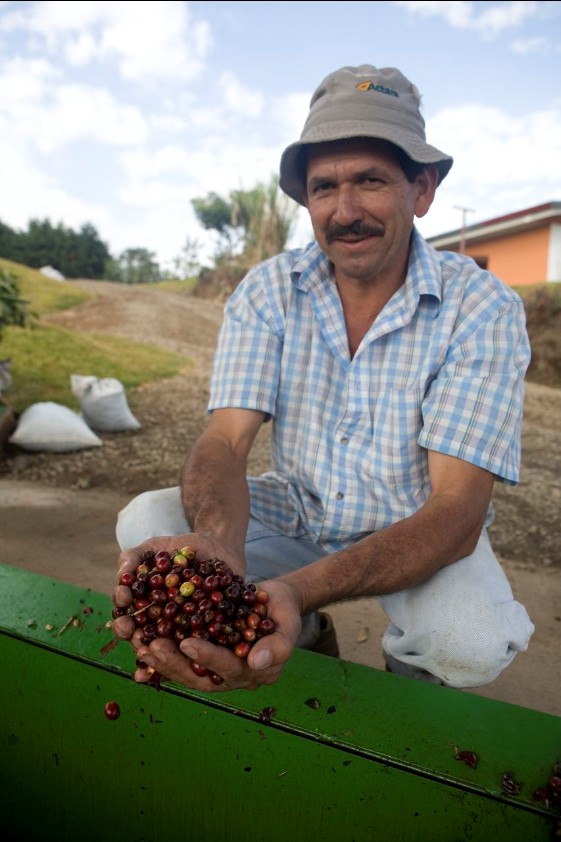
Coffee beans produced in East Timor are generally washed with water. The price of washed and processed coffee beans is several times that of the original coffee berries. why are poor farmers unwilling to take this step and make more money?
According to Professor Brett Inder, it takes a different perspective to observe farmers who are struggling with life and death. Farmers who are extremely poor can not have any savings accumulation. What they think about every day is to feed the whole family. After harvesting a little coffee berries, you can immediately exchange money to make life a little easier for the whole family. Where can you resist this temptation and endure a few days to process and dry coffee. Although the expected income is much higher than selling berries directly, the temptation to sell berries directly to buy meat (or the pressure to repay debt) is more direct and stronger. By the end of the season, most of the coffee berries have been sold, and the food and clothing of the family has also improved. at this time, the proportion of peeled and dried coffee beans has increased significantly.
So even coffee farming is an industry that needs capital for the vast majority of impoverished East Timorese farmers. A little bit of the financial system could help East Timor improve the shape of coffee exports. But can coffee help East Timor out of the poverty trap? This is not optimistic. Over the past few decades, coffee prices around the world have been surprisingly stable, with few major fluctuations. Therefore, if East Timor relies on coffee to get out of the poverty trap, it still needs to find another way out and reconsider.
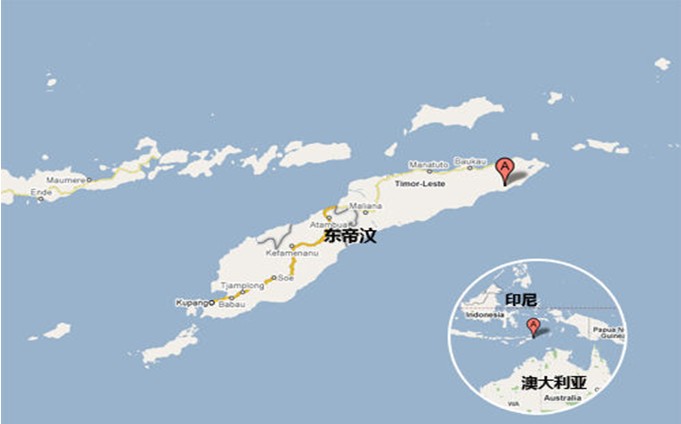
After choosing the beans
The barista began to place the filter paper filter cup.
And use a kettle to wet the filter cup, warm cup, etc.
Next, grind the beans, and the ratio of hot hand powder to water is 1:14.
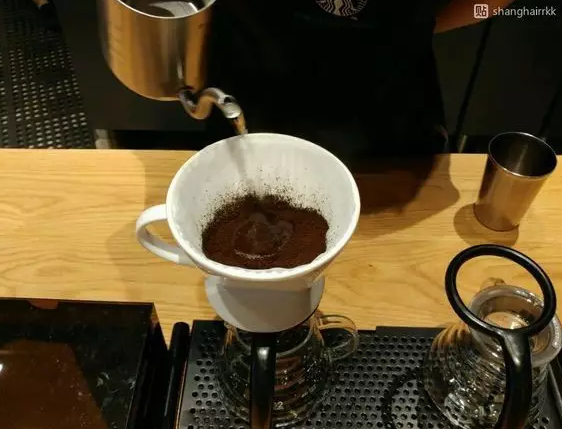
After grinding, pat the powder jar with your hands to prevent sticking to the powder, then pour the powder into the center of the filter cup, and then pat the filter cup to smooth the powder.
After the preparatory work is completed, there will be a formal punching process.
First of all, absorb the right amount of hot water, use a thermometer to make sure that the water temperature is between 92 and 96 degrees, and carry out the first step of steaming.
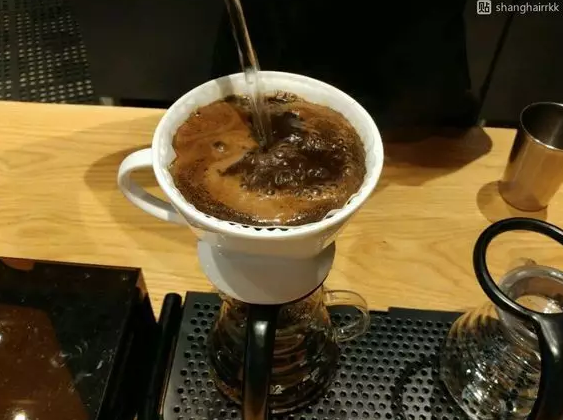
Steaming with a small amount of water from the center to draw a circle, soak all the powder, wait for the expansion of coffee powder, steaming time is about 5 seconds.
When the coffee powder expands, it is the second time to inject water.
Pour water into the center of the filter cup, when the coffee powder spreads out like a balloon, and then speed up the water injection.
After the water injection is finished, wait for the drip filtration of the filter cup
At this time, you can ask the barista to warm the cup for you. When the filter cup is finished, shake the Yunduo cup and pour it into the cup. In this way, a cup of hand-made coffee is officially finished!
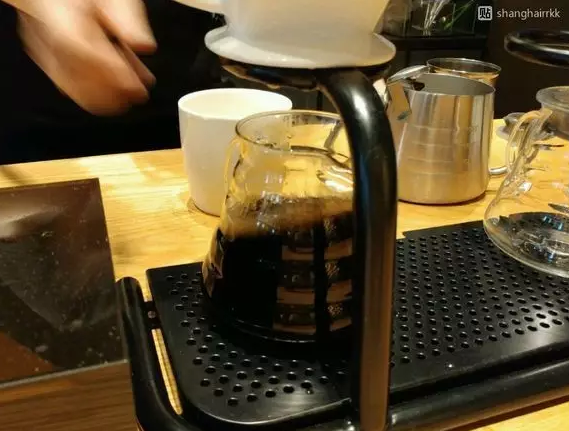
Important Notice :
前街咖啡 FrontStreet Coffee has moved to new addredd:
FrontStreet Coffee Address: 315,Donghua East Road,GuangZhou
Tel:020 38364473
- Prev

What are the characteristics of Starbucks East Timor Coffee? How to make Starbucks beans by hand?
Legend of Starbucks beans selection East Timor coffee production is very small, until 2001 it was an unknown variety of coffee, recently, Starbucks launched a new product, called East Timor bead coffee, according to the introduction, this should be a single bean. In East Timor, coffee grows in a wild way in the shadow of a tall canopy. Present a rich and complex flavor
- Next
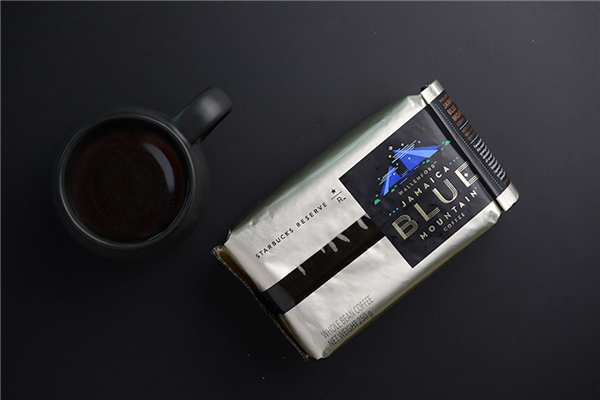
What is the quality of Starbucks Blue Mountain coffee beans? Is it the real Blue Mountain?
Starbucks is also selling blue mountain coffee beans. This is supposed to be a good bean. In the coffee world, Blue Mountain Coffee means top coffee. But also because its name is too big and easy to use, there are naturally a lot of counterfeits. But the real Blue Mountain coffee is actually rare, and only those who have been certified by the National Coffee Industry Committee (CIB) specially established by the Jamaican government can claim to be blue.
Related
- What brand of black coffee is the most authentic and delicious? what are the characteristics of the flavor of the authentic Rose Summer Black Coffee?
- Introduction to the principle and characteristics of the correct use of mocha pot A detailed course of mocha pot brewing coffee is described in five steps.
- Which is better, decaf or regular coffee? how is decaf made?
- How much is a bag of four cat coffee?
- How about four Cat Coffee or Nestle Coffee? why is it a cheap scam?
- Which is better, Yunnan four Cats Coffee or Nestle Coffee? How about cat coffee? is it a fake scam? why is it so cheap?
- How about Cat Coffee? what grade is a hoax? which instant coffee tastes better, four Cat Coffee, Nestle Coffee or G7 coffee?
- Process flow chart of coffee making-Starbucks coffee making process what coffee tastes good at Starbucks
- The top ten best coffee beans in the world Rose summer coffee or Tanzanian coffee tastes good
- Yunnan four cat coffee is good to drink?_four cat coffee is a big brand? four cat blue mountain coffee is fake?

